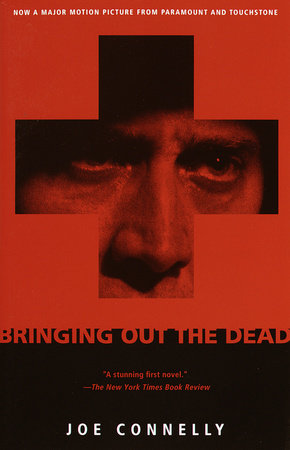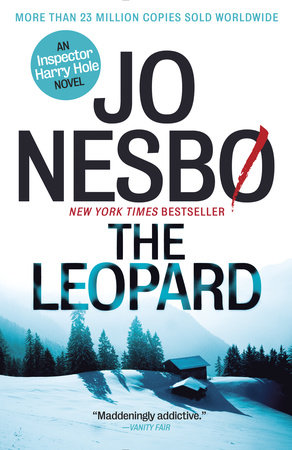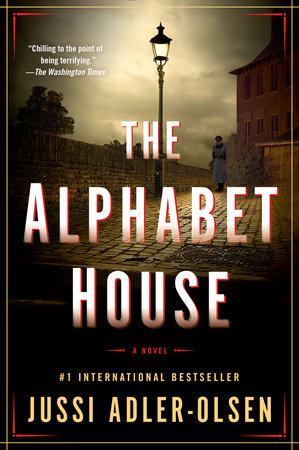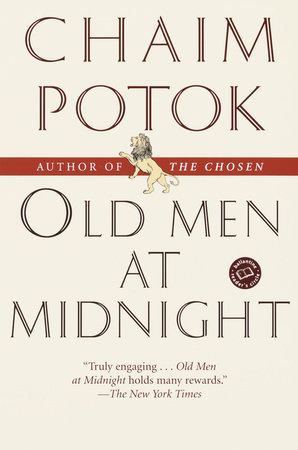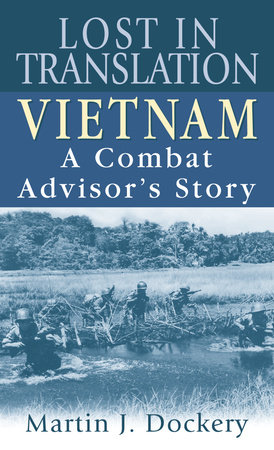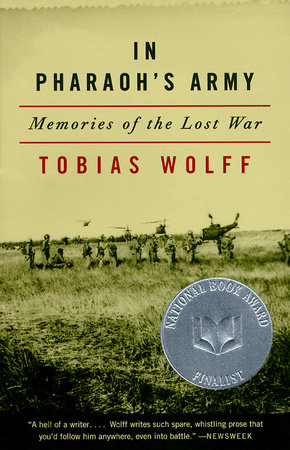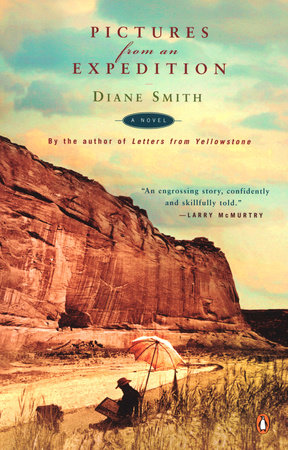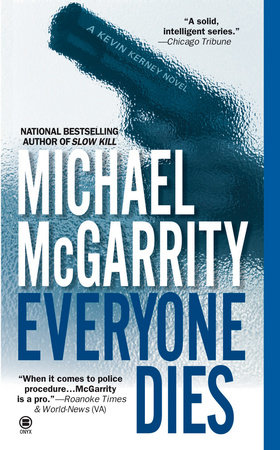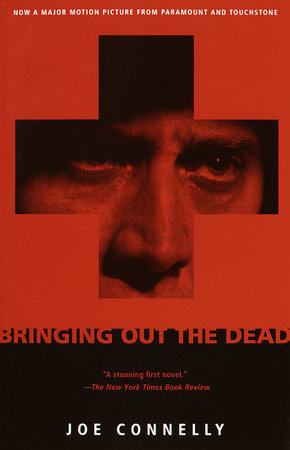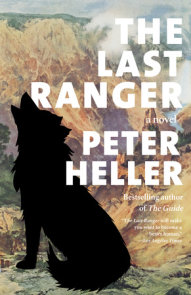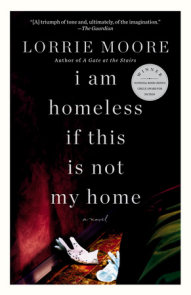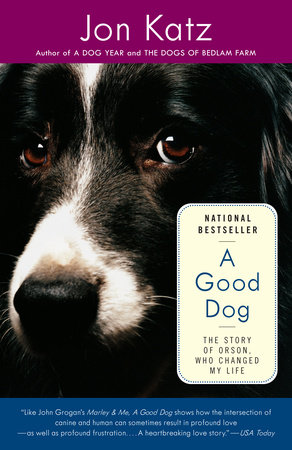Joe Connelly on the Genesis of His Book BRINGING OUT THE DEAD
My parents met at St. Clare’s Hospital, the same hospital I would shortly afterward be born in and then much later work for as a paramedic. The son of a chauffeur, my father became a bus driver. My mother was the daughter of Irish faith healers. How could I not end up a paramedic, a bus-driving nurse, working in the hospital where so many Connellys were born and died, their lives usually shortened and intimidated by fate’s unusual openness in its dealings with my family?
I lived briefly in a nice Jewish neighborhood in the South Bronx, where my mother’s family, the McKennas, were headquartered. But the McKennas were greatly outnumbered by the Connellys, who operated out of Jackson Heights, and when I turned two, my numerous uncles and aunts from Queens finally negotiated our move there. From there we moved sixty miles upstate, to a housing development that was basically a trailer park with basements. I was ten years old, surrounded by clean air, trees, fields, and excellent schools, yet I missed the city terribly, and spent most of the next six years in my room reading. This habit of reading everything I could helped me in school, where I graduated third in my class and was given a full scholarship to Colgate University. But those years of shuttling between Catholic schools and the books in my room left me ill-equipped for handling freedom and all its self-destructive seductions. My grades were fair but so overshadowed by drunkenness and late adolescent cruelty that when I was asked to leave school for the third time I had no choice but to agree.
I held about twelve jobs in the next two years, working in factories, gas stations, supermarkets. I worked my way around the country, painting houses in South Carolina, delivering pizzas in Colorado. Went to Ireland for two weeks and stayed six months tending bar in Dublin. But for all I’d read, all the places I’d been, I always returned penniless and strung out, without a clue as to what I should do with my life. After coming back from Dublin, I decided that another year like the past two would probably kill me, so I chose one simple goal: to work one job straight through for one complete year, and to make that job something that would help others while I struggled to put my own life in order and organize a future for myself. At the time, I’d just finished reading Somerset Maugham’s The Razor’s Edge, about an ambulance-driving bibliophile, and I read again Hemingway’s Nick Adams stories. Overnight, I decided to be an ambulance driver, an EMT. It seemed like a great thing to do for a year–save lives and see the front lines.
I spent a month at the EMS Academy at Fort Totten, in Queens, and was put to work as an EMT in East Harlem. The head of the academy made it clear that no two rookies would work together in the first year, but because there were so few EMTs I was assigned to work with an academy classmate on my second day. We were partners the first two months. Neither of us knew where we were going, screaming directions to each other as we drove madly to calls, and when we arrived, my partner’s claustrophobia kicked in–worst case I’ve ever seen. He couldn’t stay in a room more than five minutes before starting to twitch, and after ten minutes he’d scream that it was too hot, and he’d bolt for the door. I was transferred to vacation relief, a different partner every week, and worked with a succession of phobics, as well as pimps, junkies, gangsters–my partners often sicker than my patients. At that time, and for reasons I couldn’t figure out, EMS served as a sort of dumping ground for the city’s civil service, the problem cases. By no means were they the majority; most of the EMTs there were regular guys from Long Island, waiting for the next Fire or Police Department test. But for the first year, it was my strange fortune to work almost exclusively with the nuts. One of my partners was arrested for stealing keys from patients and then going back to their apartments after he got off work. Another, a Vietnam vet, was arrested for bombing abortion clinics. One used to buy crack on the street. Another overdosed on heroin in the driver’s seat. I worked with one partner who told me he heard the voices of the dead. In the middle of a call he’d walk off down the street. I’d find him later on the corner or in a diner. He claimed he didn’t know why he was there.
Under normal circumstances, I would have considered all this very strange, but in that first year I was witness to so many shocking scenes that the behavior of my partners just fit right in. In fact, it seemed impossible that someone could work the job for ten years without being twisted by it in some way. I came to expect eccentrics. The only thing that bothered me was gross incompetence, which rarely happened.
I grew to love the speed and the madness, but the more patients I treated, the more frustrated I grew with all the things I couldn’t do. As an EMT, my training was very limited–it was basically a decision between giving gauze or oxygen (or, in extreme emergencies, both), and transporting to the hospital. Whenever I ran into a scene I couldn’t control, or a patient who needed more than the gauze-oxygen combo, I called the medics. With only a fraction of a doctor’s training, they are capable of performing nearly every lifesaving emergency-room procedure. In the chaotic tumble of the street, they looked like miracle workers. Six months after starting as an EMT, I was enrolled in medic school. I knew the course would take me past the original one-year limit I had set for myself, but I had entered into another world, with different rules, grounded in the unpredictable, and grander in every way. I was enthralled, and for the first time, I was making a substantial, positive difference in other people’s lives.
During my medic training I was transferred from station to station, and worked in every part of the city. I’d get off my shift at seven in the morning and sleep in my car until class started at nine. It seemed that whatever I learned about during the day I would turn around and apply to the emergencies I encountered on the job. Like army privates trained to take apart and reassemble their rifles while blindfolded, we learned every protocol. We worked in conditions not unlike those found on a battlefield. Using my training in the streets of Harlem was the greatest learning experience of my life.
What I loved most about the job was the freedom, whether it was driving through the night, waiting for a call, or making a momentous decision about another person’s life. But the freedom only exacerbated my biggest problem with the job: its paramilitary structure. I was never very good with authority, especially the uniformed sort, and the lieutenants, captains, and chiefs took their roles very seriously. EMS has been run much more efficiently in the last few years, but in the late ’80s the pay was ridiculously low, the ambulances constantly breaking down, with some patients waiting up to an hour after calling 911. In the summer of ’87, we were pushed to the limit. The Chief’s memos had always been good for a joke, but by the end of that year we had stopped laughing. In the spring of ’88, a number of work actions culminated in a sick-out. That day I heard of an opening at a small hospital in midtown, St. Clare’s.
St. Clare’s was once a very good hospital, but by 1988 it had just managed to survive a number of near bankruptcies. The facility and equipment were antiquated, but the people who worked there were good-hearted, hardworking, incredibly brave, and more than a little strange. For several years we ran the best ambulance department in the city. I worked the night shift with my partner–a Harley-driving, electric-guitar-playing kung fu fanatic whom I trusted completely–driving an ambulance that was almost ten years old. We called her Christine, the ambulance that would not die. She was the fastest ambulance I’ve ever been in and we drove to every call at completely irrational speeds. We were the only medics I knew who had been pulled over by the police for speeding. There was a game we played in which the driver won if he could get his partner to grunt, groan, or scream. I remember screaming once as my partner drove into a set of gas pumps at sixty miles an hour, leaving the rear axle, wheels and all, forty feet behind. In those first years at St. Clare’s there was no place I couldn’t go, nothing I couldn’t do. We pulled people from fires, climbed out on ledges, crawled under subways. We had luck, too: the heart attack, the shooting, the car accident, always seemed to be just around the corner. A number of times we heard gunshots and were on the scene before the call was made.
As time went by we started to slow down. The number of bad calls began to overwhelm the good. When you save someone’s life it’s like the greatest drug in the world. For weeks afterward you’re floating; you can do no wrong. But without that good call to lift you every once in a while, you begin to despair. Driving at high speeds loses some of its allure when you know you’re headed for something awful. The down periods were getting longer and more frequent. We had one cop who fell off a ledge and died screaming while we watched helplessly from above. A young girl died in front of us with no apparent cause. A dead baby. All this, on top of the nightly litany of horrific smells, bugs, and hopeless cases.
The good calls would keep me high for weeks, but the bad ones stayed with me much longer. And as the years passed the lines between good and bad began to blur. I felt haunted by the consequences of my work. I had brought back to life many people who arguably would have been better off dead. I had worked nights for five years, with much of that time spent in the strange society of Times Square at four in the morning, and I soon began to feel it was the only place I belonged. The job became less about saving lives than about bearing witness. I had this crazy idea that writing a book about all the people who were beyond my help—or whom I had tried to help but couldn’t—would give their losses some purpose, and at the same time let them sleep, get them to stop following me. The book would be my ticket out.
